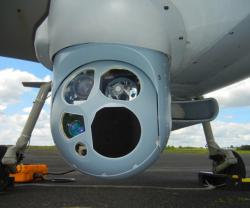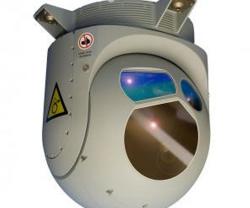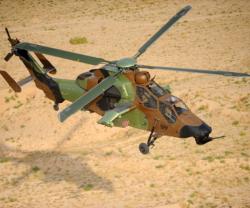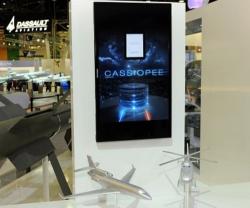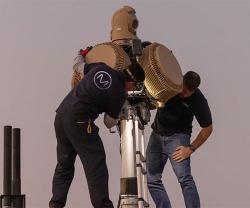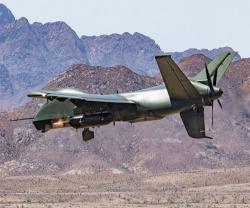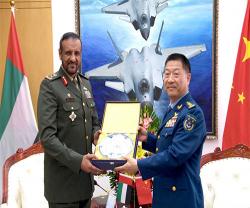Sagem, IRBA, Hidalgo Win Biosensor Demonstrator Contract
19.06.2012 Europe
Sagem (Safran group), the French Armed Forces biomedical research center (IRBA, Institut de Recherche Biomédicale des Armées) and British company Hidalgo have submitted the winning proposal for the European Defense Agency's Biosensor Information Demonstrator program.
The demonstrator to be developed by the winning team will be used to validate the operational specifications for a planned system that will provide physiological monitoring of dismounted soldiers. It will be incorporated in the warfighter's C4I (command, control, communications, computers and intelligence) network, transmitting information on physiological condition in real time. Non-intrusive, it will integrate biomedical sensors (to track temperature, heart rate, blood pressure, etc.) and terminals to communicate with command units and the medical corps. Designed for long-term use in tactical environments, and very user-friendly, it will also be compatible with FELIN (*) type soldier modernization systems.
To carry out this latest contract, Sagem will capitalize on the expertise developed as prime contractor for the French army's FELIN program, in particular C4I aspects.
Hidalgo, a high-tech company, specializing in body-worn performance and health monitoring systems will bring to the table its expertise in real-time, ambulatory physiological monitoring sensors, software and data analysis. The project will also capitalize on the innovative technologies incorporated in its patented Equivital Life Monitor.
The researchers at IRBA, working in concert with Sagem's ergonomics teams, will call on their investigations of soldiers in combat situations, including the acquisition of physiological data, its fusion and analysis.
Among the many results expected of this program, it should help develop solutions that will improve infantry training. At the same time, it could also meet civilian needs, including civil security, and the monitoring of persons at risk and athletes.
A demonstrator will be delivered by the end of the summer of 2012, and production systems could be available in 2015.
The demonstrator to be developed by the winning team will be used to validate the operational specifications for a planned system that will provide physiological monitoring of dismounted soldiers. It will be incorporated in the warfighter's C4I (command, control, communications, computers and intelligence) network, transmitting information on physiological condition in real time. Non-intrusive, it will integrate biomedical sensors (to track temperature, heart rate, blood pressure, etc.) and terminals to communicate with command units and the medical corps. Designed for long-term use in tactical environments, and very user-friendly, it will also be compatible with FELIN (*) type soldier modernization systems.
To carry out this latest contract, Sagem will capitalize on the expertise developed as prime contractor for the French army's FELIN program, in particular C4I aspects.
Hidalgo, a high-tech company, specializing in body-worn performance and health monitoring systems will bring to the table its expertise in real-time, ambulatory physiological monitoring sensors, software and data analysis. The project will also capitalize on the innovative technologies incorporated in its patented Equivital Life Monitor.
The researchers at IRBA, working in concert with Sagem's ergonomics teams, will call on their investigations of soldiers in combat situations, including the acquisition of physiological data, its fusion and analysis.
Among the many results expected of this program, it should help develop solutions that will improve infantry training. At the same time, it could also meet civilian needs, including civil security, and the monitoring of persons at risk and athletes.
A demonstrator will be delivered by the end of the summer of 2012, and production systems could be available in 2015.
Previous PostA400M Demos Loading of NH90 & EC725 Helicopters
Latest news
Latest events
ISNR Abu Dhabi 2024
21 - 23 May 2024ADNEC Centre Abu Dhabi - United Arab EmiratesEUROSATORY 2024
17 - 21 Jun 2024Paris Nord Villepinte - FranceFarnborough International Airshow
22 - 24 Jul 2024Farnborough - United KingdomMiddle East Special Operations Commanders Conference (MESOC)
02 Sep 2024Aqaba - Jordan


